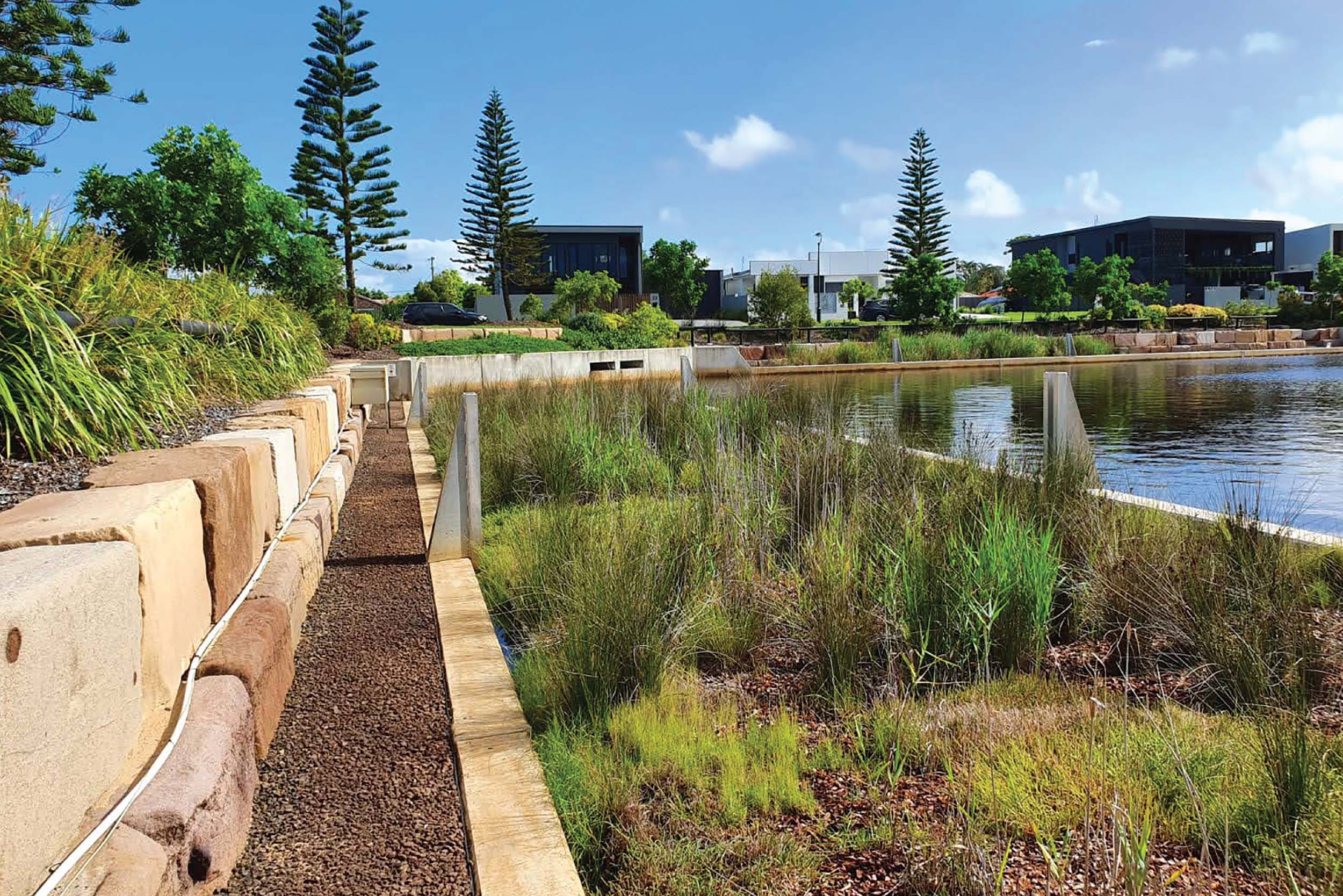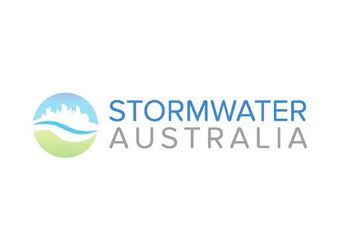Exploring our partnership with Engineers Australia, we look at our co-feature article with Atlan Stormwater’s Senior Environmental Scientist, Sam Kowald.
By now the benefits of floating islands are well-established. They deliver a range of benefits including:
- Removing nutrients from catchment water flows.
- Reducing the land take compared with constructed wetlands and conventional treatment such as bioretention.
- Reducing pollutant loads in water bodies that have high background concentrations of pollutants.
- Creating new habitat to act as safe refuge for local wildlife, including nesting birds and amphibians as well as providing a habitat below the water that can shelter fish and frogs from larger predators.
“Floating wetlands can do everything from treating water to creating an ecosystem that helps to keep habitats sustainable and thriving,” says Sam Kowald.
“Below the water surface, the root structure of the floating wetlands becomes a habitat for micro and macro-organisms, and above the surface there is an ecosystem that supports various creatures.”
Floating islands form in nature in one of two ways. Plants growing from the bank over the water’s surface may become dislodged during a storm, or thick layers of floating plants may clump together and start to accumulate soil and biomass.
Biomimicry & Constructed Wetlands
Through closely observing natural wetlands systems, Atlan Stormwater has created floating treatment wetlands that enhance the benefits of traditional constructed wetlands.
To create these innovative systems, Atlan Stormwater installs a modular floating structure that replicates a natural floating wetland. This allows Atlan Stormwater’s engineers to place the wetland in an ideal location, before planting selected wetland species in a stable position in the water column. As these plants grow, their roots are exposed to the water which increases biofilm formation compared to constructed islands.
Constructed wetlands use three main removal pathways to treat nutrients. These are: attached nutrients settling out in the sediment, nutrient uptake by plants, and microbiological processes.
Floating wetlands enhance each of the three removal pathways. The exposed roots in the water column provide surface area for biofilm growth and increase sedimentation. The floating nature of the wetland structure also encourages strong plant growth by providing optimal growing conditions.
Biofilm supercharges the treatment of the water flows. When sediment in the water passes through the root mass, it is captured by the biofilm. As it gets heavier, the sediment falls off and settles to the bottom of the water body, providing better removal of TSS (Total Suspended Solids) than a constructed wetland relying on gravity and attenuation times alone.
Consequently, floating treatment wetlands reduce the footprint of land required to meet water quality objectives, by up to 60 per cent when compared to traditional constructed wetlands. This improves land useability for the developer, whilst providing more open water and potential increases to land value.


















